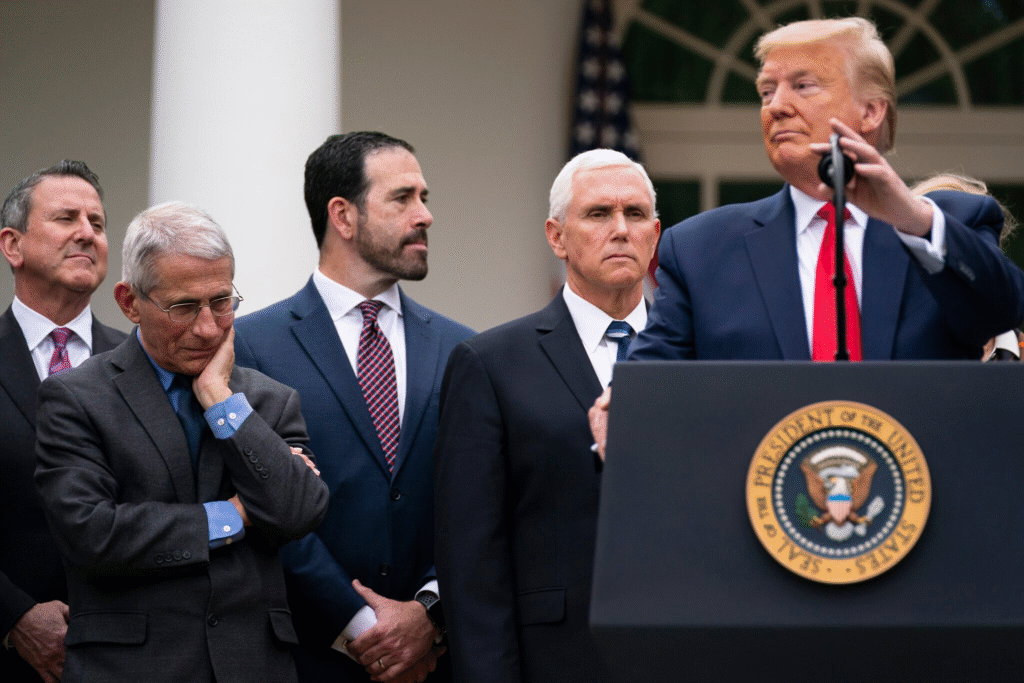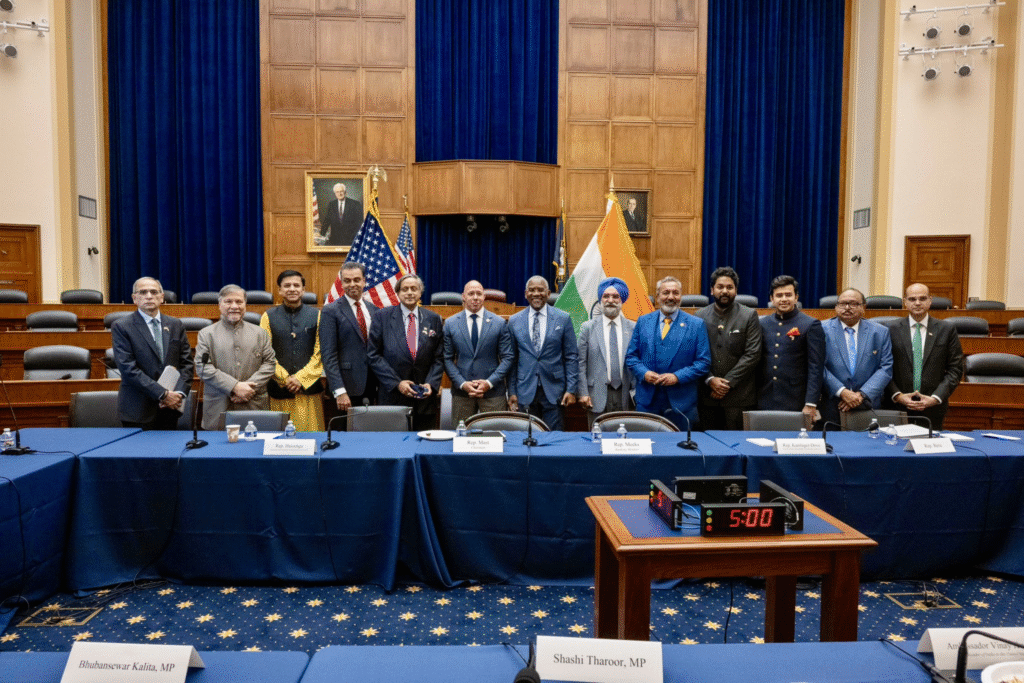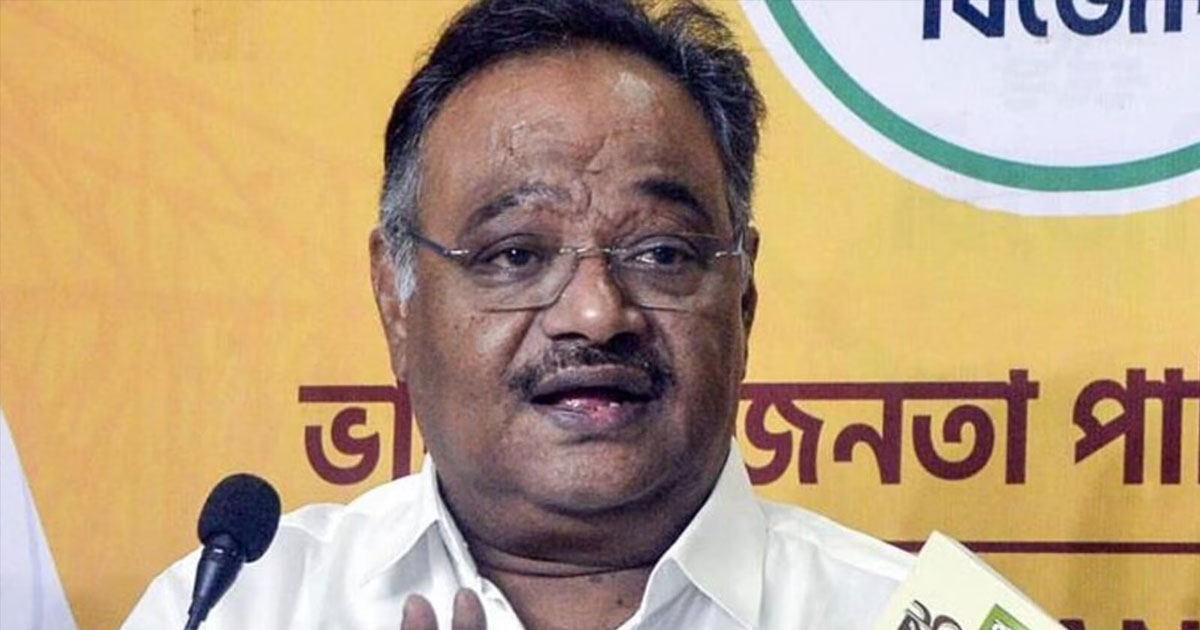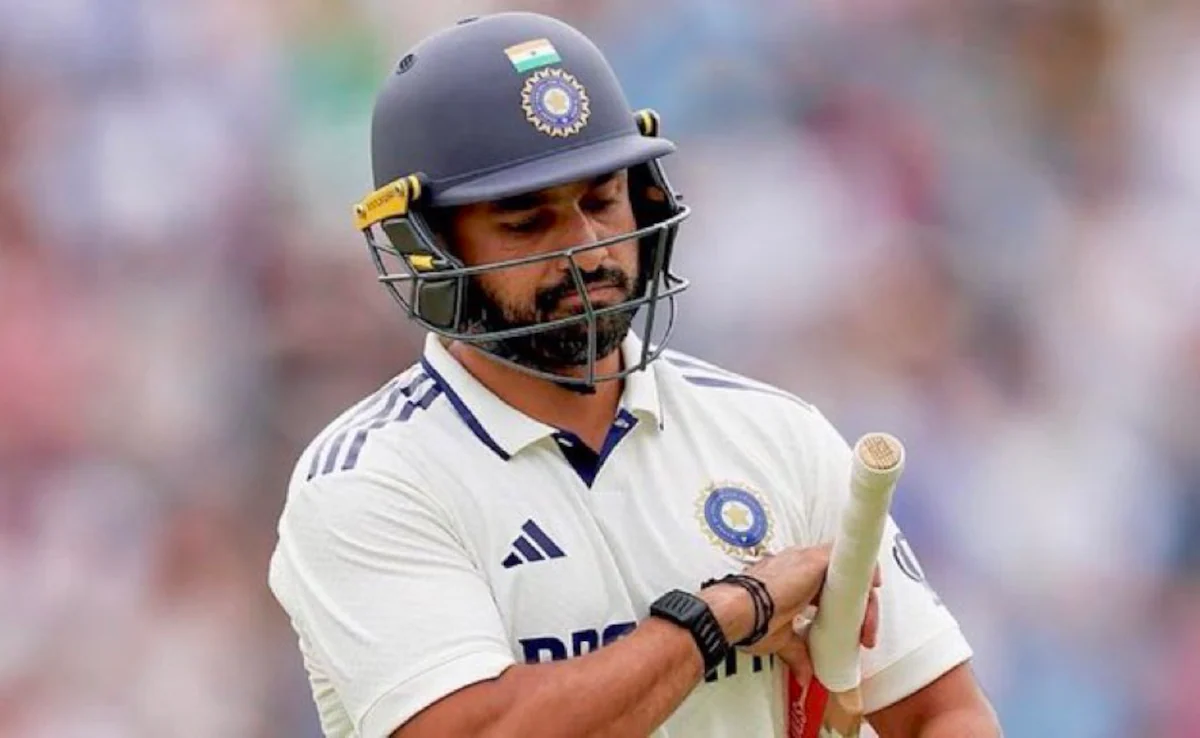The global economic landscape is constantly evolving, and the trade relationship between India and the United States is at the very center of it. Recent statements from President Donald Trump, suggesting that a trade deal with India is “close,” have ignited a spark of optimism. However, the intricate dance of international trade, complicated by tariffs, negotiations, and a multitude of underlying issues, requires a nuanced understanding. This article dives deep into the current status of the India-US trade deal, the key players involved, the sticking points, and what this potential agreement might mean for businesses and consumers on both sides of the Pacific. We’ll explore President Trump’s latest comments, analyze the impact of tariff letters, and delve into India’s specific demands. Get ready to unpack the complexities and the possibilities of this crucial bilateral trade agreement!
Decoding Trump’s Optimism: What Does ‘Close’ Really Mean for the India-US Trade Deal?
President Trump’s recent pronouncements regarding the India-US trade deal, particularly his use of the word “close,” warrant careful examination. The President, known for his direct communication style, often makes statements that carry significant weight in the world of international trade. Understanding the context and the specifics of these remarks is crucial to gauging the true progress of the negotiations. While “close” may suggest an imminent agreement, the reality of these complex trade discussions is often more intricate.

The timing and location of the President’s statements are important factors to consider. Were they made during a formal press conference, a casual interview, or via social media? Each venue carries a different weight and often reflects varying levels of official involvement. It’s also essential to compare these recent statements with past pronouncements from both the US and Indian sides. Have positions changed? Are there new concessions being offered? Analyzing the evolving rhetoric helps to understand the current trajectory of the deal. Public statements are often the tip of the iceberg, with intense behind-the-scenes discussions shaping the negotiations.

The underlying motivation for President Trump’s statements could also be examined. Are these remarks intended to generate momentum, apply pressure on the Indian government, or perhaps signal a broader shift in US trade policy? Understanding the political calculus behind the words can provide a clearer picture of the true state of negotiations. The complexities of international trade mean that “close” can often be a relative term, subject to interpretation and dependent on the resolution of numerous outstanding issues. Careful consideration of the context, past statements, and potential motivations is crucial to accurately assess the progress of the India-US trade deal.
The Impact of US Tariff Letters: Understanding the Landscape of International Trade
The announcement of tariff letters by the US government serves as a powerful tool in international trade negotiations. These letters, detailing specific duties on certain imported goods, send a clear message to trading partners. They can be used to apply pressure, protect domestic industries, or simply level the playing field. Understanding the purpose and implications of these tariff letters is crucial to analyzing the dynamics of the India-US trade deal.

The specific content of these tariff letters often reveals the industries and countries targeted. The letters will provide details on the products affected, the level of the tariffs, and the timeframe for their implementation. The types of goods targeted can offer insights into the US government’s priorities and concerns. For example, tariffs on steel or aluminum might signal a focus on protecting domestic manufacturing, while duties on agricultural products could be related to specific trade imbalances or disputes.

The influence of tariffs on the India-US trade negotiations is significant. Tariffs can be employed as bargaining chips, used to incentivize concessions from the other side. Threatening tariffs, implementing tariffs, or lifting tariffs can all influence the negotiation process. They can also escalate tensions if they are seen as unfair or retaliatory, potentially hindering progress. Businesses and consumers also bear the direct impact of tariffs. Higher tariffs increase the cost of imported goods, potentially leading to higher prices and reduced consumer demand. For businesses, tariffs can disrupt supply chains, erode profits, and necessitate strategic adjustments. Therefore, the announcement and the scope of tariff letters require close scrutiny to grasp their implications in the trade discussions.
India’s Perspective: What Does India Want from the Trade Deal?
For India, the India-US trade deal represents an opportunity to strengthen its economic ties with a crucial partner and achieve its own set of trade objectives. India’s priorities in these negotiations are focused on gaining greater market access, reducing trade barriers, and securing favorable terms for its businesses and consumers. Understanding India’s negotiating position is critical to comprehending the challenges and opportunities of a trade deal.

One of India’s main goals in the trade deal is expanded access for its IT and service exports. India’s booming IT sector is a cornerstone of its economy, and easing restrictions on the entry of Indian professionals into the US market, for instance, through adjustments to visa policies (like H1B visas), is a key priority. India also seeks reduced tariffs on a variety of Indian goods. High tariffs on Indian exports to the US can impede market access and limit economic growth. India is striving to lower or eliminate duties on goods like agricultural products, textiles, and pharmaceuticals.

India also focuses on achieving recognition as a developing nation. This can provide a number of benefits, including preferential treatment and additional flexibility in trade terms. India’s trade relations with other countries also provide valuable insights into its negotiating strategy. For example, how does the India-US trade deal compare to the Regional Comprehensive Economic Partnership (RCEP) agreement or trade deals with the European Union (EU)? By analyzing these comparisons, you can better understand India’s priorities and potential trade-offs in the US-India trade deal. India is attempting to strike a balance between domestic interests and the desire for a beneficial trade partnership with the US.
Potential Winners and Losers of a Successful India-US Trade Deal
A successful India-US trade deal will likely produce winners and losers. The economic benefits and consequences of such an agreement will be spread unevenly across different sectors of the two economies. Assessing the potential impacts is crucial for business planning and anticipating the broader economic changes.

Several industries are likely to benefit from a successful trade deal. For example, the pharmaceuticals and medical devices sector can benefit from reduced tariffs, streamlined regulatory processes, and greater market access. The agricultural sector might also see an increase in trade, with greater opportunities for exports of fruits, vegetables, and other agricultural products. The manufacturing sector could also see gains, particularly in areas like automobiles, textiles, and electronics. The IT sector, a mainstay of both economies, is likely to profit from increased collaboration and fewer restrictions on the movement of skilled professionals.

However, some industries might face adjustments and challenges. The dairy industry, for example, may face increased competition from US producers, potentially impacting Indian dairy farmers. Additionally, certain manufacturing sectors could find themselves in a more competitive environment, necessitating adaptation. The concerns of various sectors and the impact on small and medium-sized enterprises (SMEs) are issues that warrant close attention. Therefore, analyzing the potential winners and losers helps to grasp the overall consequences of the agreement and how various sectors and stakeholders are affected by it.
Looking Ahead: The Future of the India-US Trade Relationship
The future of the India-US trade relationship hangs in the balance. The outcome of the ongoing negotiations will determine the direction of this vital economic partnership for years to come. Looking ahead, there are several potential scenarios and factors that will influence the final outcome and the subsequent impact on businesses and consumers.
One potential outcome is a comprehensive trade deal that addresses a broad range of issues, including tariffs, market access, intellectual property rights, and regulatory matters. Another scenario is a partial or limited trade agreement that focuses on specific areas of mutual interest, such as certain goods or services. A third possibility is no agreement. This could happen if the two sides are unable to resolve their differences or if political or economic considerations outweigh the benefits of a deal.
The outcome of the negotiations will be influenced by several key factors. Political considerations, such as upcoming elections in both the US and India, will inevitably play a role. Global economic conditions, including the state of international trade and the health of the global economy, will also be influential. Continued negotiations, characterized by compromises and collaboration, will be necessary to reach an agreement. It is important to carefully consider all of these possibilities and stay informed about the evolving trade dynamics.
Frequently Asked Questions (FAQ)
- What is the current status of the India-US trade negotiations? The negotiations are ongoing, and recent statements from President Trump suggest that a deal may be “close.” However, the specific details and timeline remain uncertain.
- What are the major issues being discussed in the India-US trade deal? Key issues include tariffs, market access for goods and services, intellectual property rights, data localization, and trade remedies.
- How will the trade deal affect businesses and consumers? A trade deal could lead to lower prices, increased trade, and greater access to goods and services for consumers. Businesses may see increased market access, but they may also face greater competition.
- What are the differences in the India-US trade deal and the China-US trade deal? The India-US trade deal is different from the China-US trade deal because it involves different goods, services, and market access conditions. Each trade deal is unique to its respective country’s needs and objectives.
The India-US trade deal is poised to impact global trade significantly.
The complexities of international trade negotiations, combined with political factors and ongoing negotiations, demand an understanding of the situation.
Do you have any insights on the future of the India-US trade deal? Share your thoughts and opinions in the comments below!









